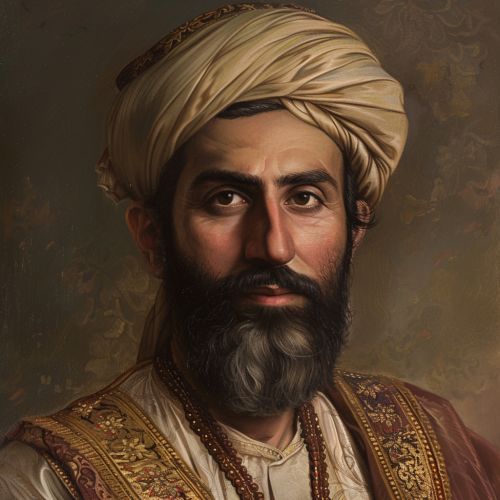Alhazen
Early Life and Education
Alhazen, also known as Ibn al-Haytham, was born in Basra, Iraq around 965 AD. He was educated in Basra and Baghdad, the latter being the intellectual capital of the Islamic Golden Age. He studied the works of Greek philosophers and mathematicians such as Euclid and Ptolemy, and developed a keen interest in optics and visual perception.


Career and Contributions
Alhazen made significant contributions to the field of optics, mathematics, and astronomy. He is often credited with the invention of the scientific method, and his work laid the foundation for the modern study of physics and astronomy.
Optics
Alhazen's most significant work, the "Book of Optics" (Kitāb al-Manāzir), revolutionized the understanding of light and vision. He proposed that vision occurs when light bounces off an object and then is directed to one's eyes, contradicting Euclidean and Ptolemaic theories that light is emitted from the eyes themselves.
Mathematics
In mathematics, Alhazen developed analytical geometry by establishing linkage between algebra and geometry. His work in number theory includes his proof of the fundamental theorem of arithmetic.
Astronomy
In astronomy, Alhazen attempted to resolve the problem of the Ptolemaic system's complexity. He proposed a model where the planets move in elliptical orbits, which was a significant departure from the circular orbits proposed by Ptolemy.
Legacy
Alhazen's work had a profound impact on the development of science, particularly in the Middle East and Europe. His theories on optics influenced later scholars such as Roger Bacon and Johannes Kepler. His application of the scientific method laid the groundwork for modern scientific inquiry.
